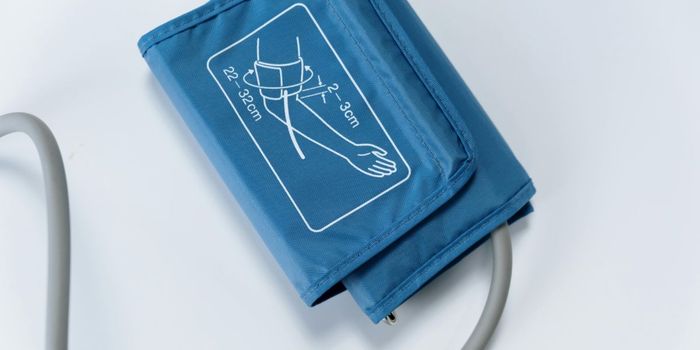Circadian Rhythm Disruption Common to All Mental Health Disorders
Researchers have found that circadian rhythm disruption (CRD) is a common factor among mental health conditions including anxiety, autism, and schizophrenia. The corresponding study was published in Translational Psychiatry.
The circadian rhythm- known colloquially as the body’s 24-hour-clock- regulates physiological activity and biological processes, including sleeping and waking times, eating, digesting, memory consolidation, and hormonal activity. This innate rhythm is sensitive to light and dark cues and thus can be easily disrupted by light exposure at night.
In the current study, researchers analyzed scientific literature to understand the link between CRD and various mental health disorders, including autism, attention deficit hyperactivity disorder (ADHD), bipolar disorder, Tourette syndrome, schizophrenia, major depressive disorder, anxiety disorder, and Alzheimer’s disease.
They found that aspects of CRD, such as sleep disruption, are common among all mental health disorders. They thus wrote that CRD might be a common underlying psychopathological factor across mental health disorders within age and sex contexts.
The researchers noted, however, that while their review found a link between aspects of CRD, such as sleep disruption, and mental health disorders, they did not find a causal relationship. To this end, they recommend future research examine CRD at the molecular level using transcriptomic and metabolic technologies in mouse models.
“This will be a high-throughput process with researchers acquiring samples from healthy and diseased subjects every few hours along the circadian cycle,” said senior author Pierre Baldi, UCI Distinguished Professor of computer science at the University of California Irvine (UCI).
“This approach can be applied with limitations in humans, since only serum samples can really be used, but it could be applied on a large scale in animal models, particularly mice, by sampling tissues from different brain areas and different organs, in addition to serum. These are extensive, painstaking experiments that could benefit from having a consortium of laboratories," he added.
Sources: Neuroscience News, Translational Psychiatry









